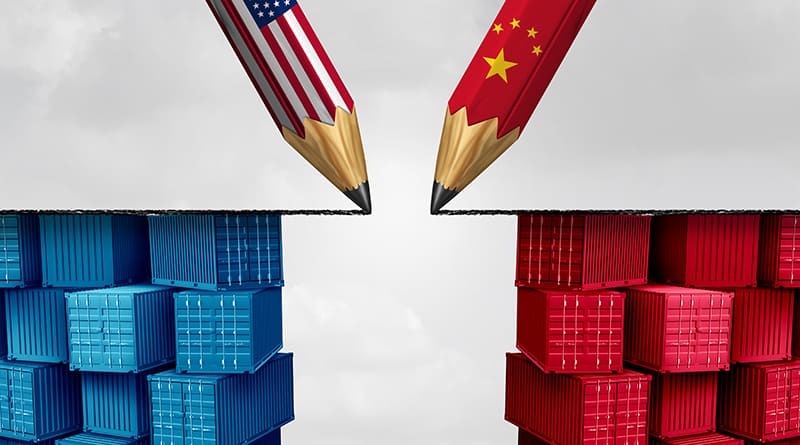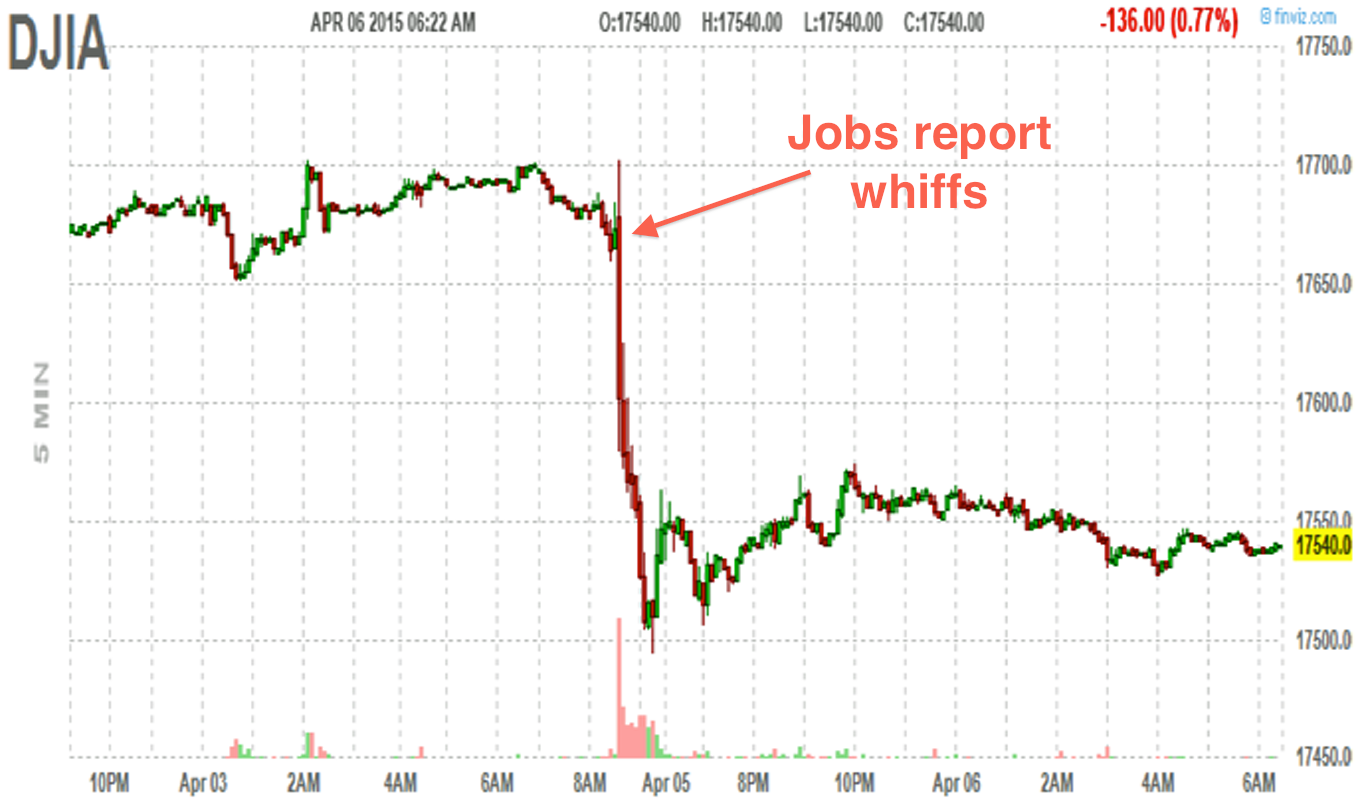The Impact Of Tariffs On Big Tech Advertising Spending

Table of Contents
The escalating global trade war and the implementation of tariffs have sent ripples throughout the global economy, significantly impacting various sectors. One area feeling the pinch is Big Tech, and specifically, its massive advertising spending. This article explores how tariffs are reshaping the advertising landscape for tech giants and the broader implications for the digital advertising ecosystem. We'll delve into how tariffs on Big Tech advertising are impacting costs, strategies, and the overall health of the industry.
<h2>Increased Costs of Goods and Services</h2>
Tariffs directly increase the cost of producing and delivering goods and services, squeezing profit margins and impacting Big Tech's advertising budgets. This impact manifests in several key areas:
<h3>Impact on Hardware Manufacturing</h3>
Tariffs on imported components, such as semiconductors, displays, and other crucial parts used in manufacturing hardware like smartphones, laptops, and smart devices, directly increase production costs. This has a cascading effect on marketing budgets.
- Higher manufacturing costs lead to reduced profit margins. Companies face the difficult choice of absorbing these increased costs or passing them on to consumers through higher prices.
- Reduced profit margins necessitate cuts in marketing and advertising expenditures. With less profit available, marketing and advertising often become one of the first areas where companies look to cut costs.
- Example: Increased tariffs on Chinese-made components force Apple to raise iPhone prices, impacting their massive advertising budget allocation and forcing them to reconsider their marketing strategies. This necessitates a more targeted approach to maximize ROI. Similar pressures are felt by other hardware manufacturers.
<h3>Rising Costs of Cloud Services</h3>
The impact isn't limited to physical hardware. Tariffs also affect the price of infrastructure components used in cloud services. This impacts Big Tech companies heavily reliant on cloud computing for their operations, including their advertising platforms.
- Increased cloud infrastructure costs reduce overall profitability. Cloud services are a major operational expense for Big Tech companies, and increased costs directly reduce profitability.
- Companies may prioritize cost-cutting measures, including advertising budget reductions. To maintain profitability, companies may cut back on advertising spending, impacting their reach and market share.
- The ripple effect impacts smaller businesses reliant on cloud-based advertising solutions. These businesses face increased advertising costs, making it harder to compete in the marketplace.
<h2>Shifting Advertising Strategies and Geopolitical Considerations</h2>
Tariffs are forcing Big Tech companies to re-evaluate their global advertising strategies and consider geopolitical realities more carefully.
<h3>Regionalization of Advertising Campaigns</h3>
The increased costs and uncertainties associated with global supply chains are pushing companies to regionalize their advertising efforts.
- Reduced reliance on global advertising campaigns. Companies are shifting from large-scale, globally-focused campaigns to more localized initiatives.
- Increased investment in localized marketing efforts. This involves tailoring messaging and campaigns to resonate with specific regional audiences and cultural nuances.
- Adaptation of messaging to resonate with specific regional audiences. This requires a more nuanced approach to marketing, requiring more resources and potentially impacting overall ad spend efficiency.
<h3>Geopolitical Uncertainty and Investment Hesitation</h3>
Uncertainty surrounding future tariffs creates hesitation in long-term advertising investments. Companies adopt a more cautious, wait-and-see approach.
- Uncertainty surrounding trade policies leads to delayed investment decisions. Companies are reluctant to commit to large, long-term advertising campaigns due to the unpredictable nature of trade policies.
- Companies adopt a wait-and-see approach before committing to large advertising campaigns. This cautious approach can stifle innovation and growth in the advertising sector.
- Reduced risk tolerance impacts the scale and scope of advertising initiatives. Companies may opt for smaller, shorter-term campaigns to mitigate potential losses from unpredictable changes in tariff policies.
<h2>Impact on Smaller Businesses and the Advertising Ecosystem</h2>
The impact of tariffs on Big Tech advertising spending extends beyond the tech giants themselves. Smaller businesses and the advertising ecosystem as a whole are significantly affected.
<h3>Increased Costs for Small Businesses</h3>
Smaller businesses heavily reliant on Big Tech advertising platforms face increased costs, squeezing their already-thin margins.
- Small businesses absorb increased advertising costs from Big Tech platforms. These increases are passed down the chain, impacting smaller companies' ability to afford advertising.
- Reduced affordability of digital advertising for small businesses. This makes it harder for smaller businesses to compete with larger companies that have bigger advertising budgets.
- Potential for market consolidation as smaller players struggle to compete. This could lead to a more concentrated advertising market, reducing diversity and competition.
<h3>Disruption of the Advertising Supply Chain</h3>
Tariffs can disrupt the entire advertising technology supply chain, affecting the tools and services used by advertisers of all sizes.
- Increased costs for advertising software and platforms. The cost of advertising technology, including software and platforms, increases, impacting all users.
- Potential delays in the development and deployment of new advertising technologies. Disruptions in the supply chain can hinder innovation and slow down the development of new advertising technologies.
- Increased complexity in managing international advertising campaigns. Navigating international advertising campaigns becomes significantly more complex due to fluctuating tariffs and regulations.
<h2>Conclusion</h2>
The impact of tariffs on Big Tech advertising spending is multifaceted and far-reaching. Increased costs, geopolitical uncertainty, and disruptions to the advertising ecosystem are forcing significant shifts in advertising strategies across the board. Big Tech companies must adapt to these challenges, while smaller businesses face the added pressure of higher costs and reduced competitiveness. Understanding the complexities of tariffs on Big Tech advertising is crucial for navigating this evolving landscape. To stay informed on how these trade policies continue to shape the digital marketing world, continue researching the impact of tariffs and trade wars on advertising and tech spending. The future of digital advertising hinges on adapting to this new reality.

Featured Posts
-
 Dow Futures Up Stock Market Outlook For Today And Week Ahead
Apr 26, 2025
Dow Futures Up Stock Market Outlook For Today And Week Ahead
Apr 26, 2025 -
 Ajaxs Home Defeat To Frankfurt Complicates Europa League Bid
Apr 26, 2025
Ajaxs Home Defeat To Frankfurt Complicates Europa League Bid
Apr 26, 2025 -
 F1 Driver Lando Norris Suffers Unusual Injury Following Party
Apr 26, 2025
F1 Driver Lando Norris Suffers Unusual Injury Following Party
Apr 26, 2025 -
 The Oscars After Party And The Nepo Baby Debate Who Are They And Why Does It Matter
Apr 26, 2025
The Oscars After Party And The Nepo Baby Debate Who Are They And Why Does It Matter
Apr 26, 2025 -
 Analyzing The Mission Impossible Dead Reckoning Part Two Super Bowl Trailer
Apr 26, 2025
Analyzing The Mission Impossible Dead Reckoning Part Two Super Bowl Trailer
Apr 26, 2025
